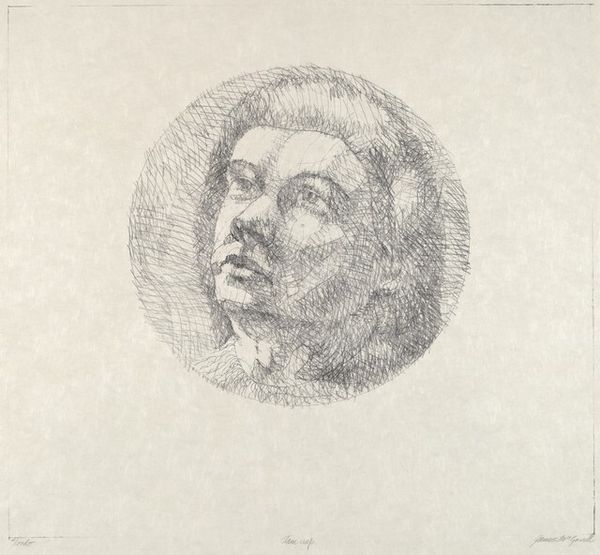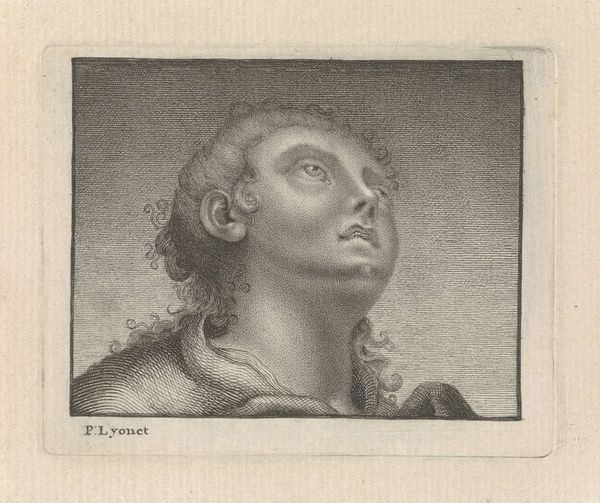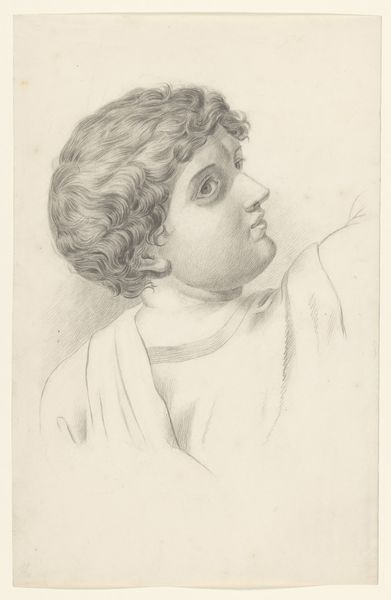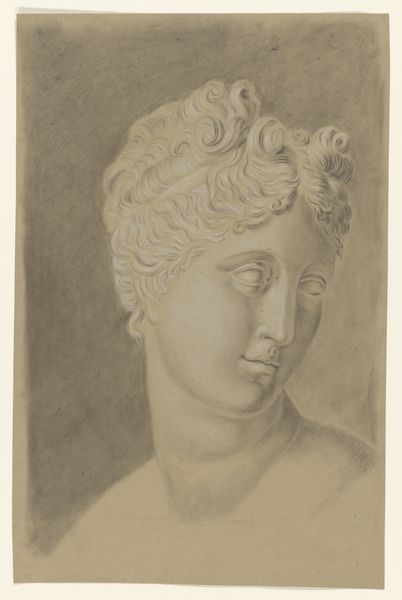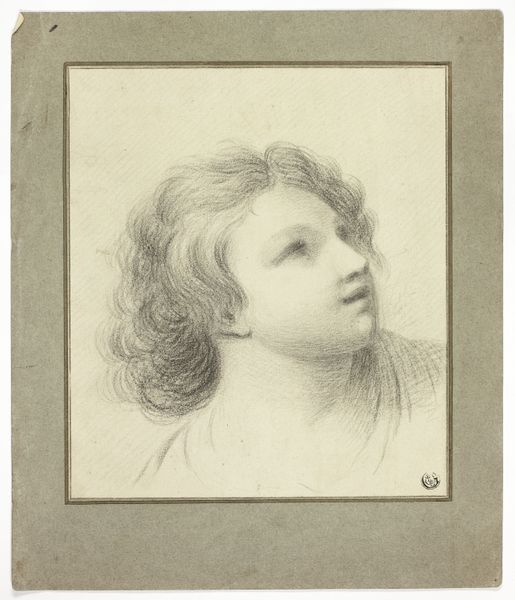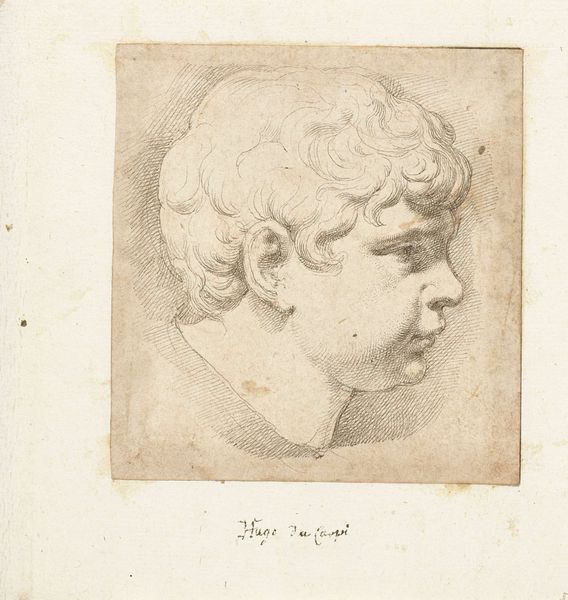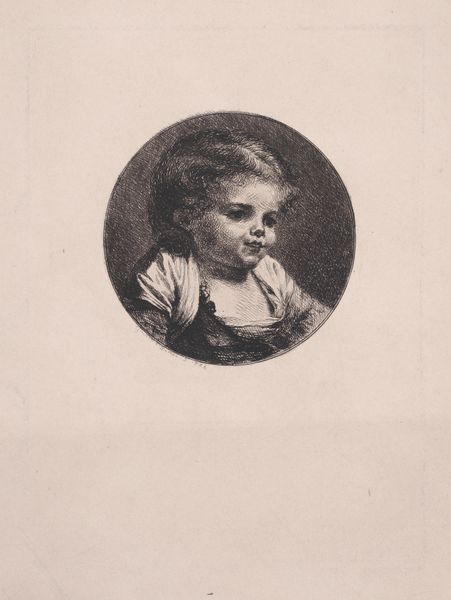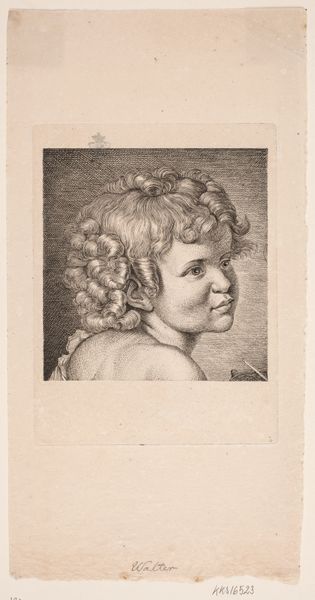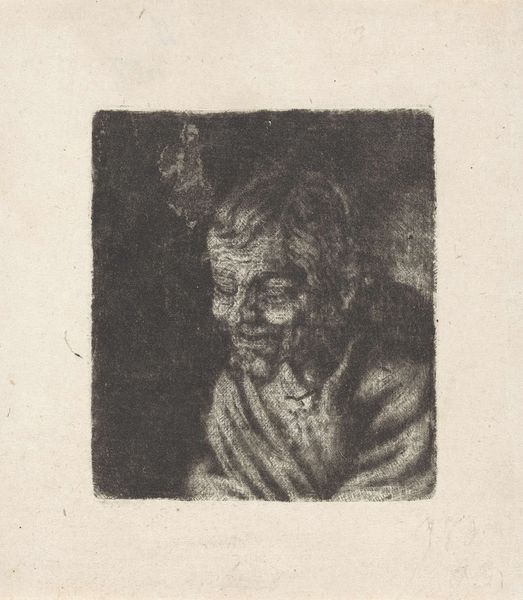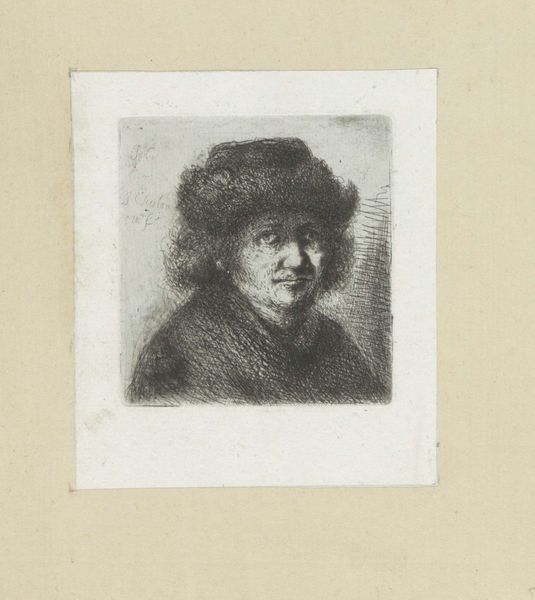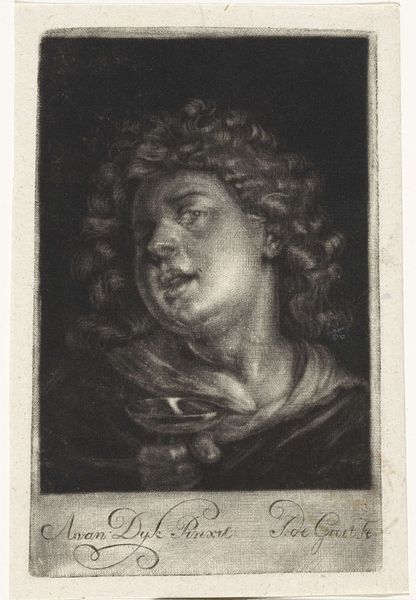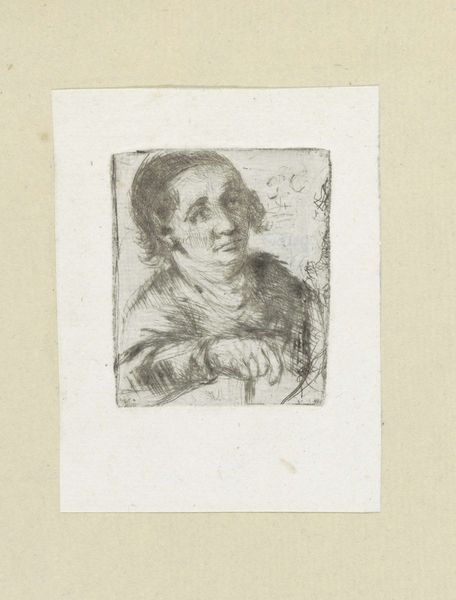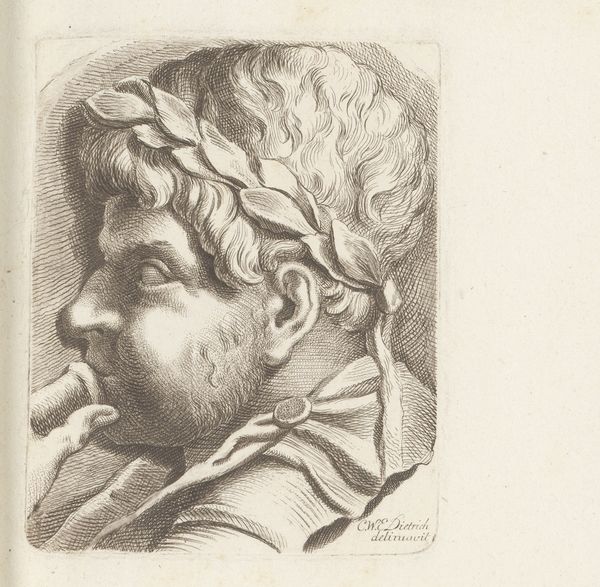
etching
#
portrait
#
pencil drawn
#
baroque
#
etching
#
charcoal drawing
#
child
Dimensions: height 123 mm, width 122 mm
Copyright: Rijks Museum: Open Domain
Curator: Before us is Jan van Somer’s etching, "Buste van een kind," created in 1671. Editor: The immediate impression is one of profound sadness. The soft etching strokes create an almost mournful atmosphere, amplifying the child’s somber expression. Curator: It's fascinating how van Somer utilizes the baroque style's penchant for dramatic light and shadow to mold the child’s features. Note the stark contrast between the illuminated forehead and the shadowy lower face, heightening the emotional impact. The slightly asymmetrical gaze directs the viewer's attention. Editor: Absolutely, but the historical context demands consideration. In 17th-century Dutch society, child portraiture served multiple functions—commemoration, legacy, and social status among them. Looking at this work now, one has to ask questions about labor laws, socioeconomic statuses of Dutch citizens at the time, and class inequality when we view these paintings and evaluate the social and art historical environment. Curator: One can see your point; however, let's remember that the inherent qualities are what primarily deliver such narratives: look closely at how the delicate lines around the mouth and eyes convey not just sadness but also a hint of innocence, underscored by the rendering of the curls catching what little light there is. Semiotically, we should question what is at the fore versus what is in the dark here. Editor: The semiotics here are crucial, yet the semiotics exist alongside the artist's choice to paint someone with considerable socioeconomic advantages: children and youth who labored extensively did not usually appear in works of fine art unless contextualized and staged a specific way. While technical composition is critical, it cannot remain divorced from cultural, social, and financial analysis. Curator: And the viewer, perhaps unconsciously, engages with those decisions that the artist makes about rendering shadow and light while grappling with its beauty. The softness is itself an invitation to view children as symbols. Editor: This invites critical discourse between art historical narratives of privilege and questions around gender and social constructions, creating vital discussions that keep works like van Somer's relevant. Curator: Indeed. Considering both formal elements and sociocultural aspects certainly enriches our viewing experience. Editor: Bringing both worlds allows one to observe this portrait of a child within a comprehensive framework for understanding how we interact with the world.
Comments
No comments
Be the first to comment and join the conversation on the ultimate creative platform.
